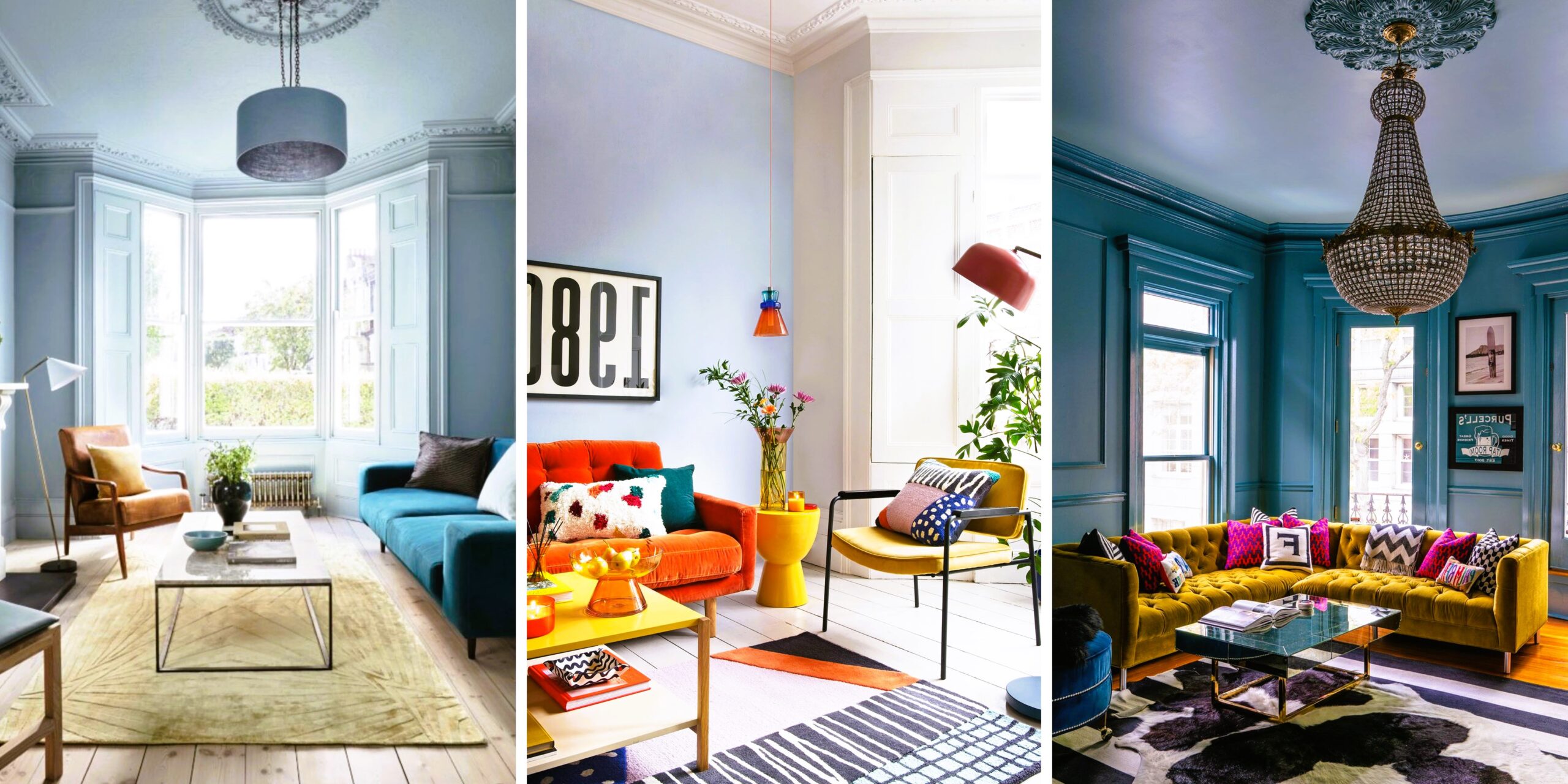Designing small spaces can be a creative challenge, especially in cities like Vancouver where space is at a premium. However, with thoughtful planning and innovative design strategies, small spaces can be transformed into functional and stylish environments that maximize every square foot. In this article, we will explore key principles and strategies for designing small spaces in Vancouver, focusing on maximizing functionality and style.
- Space Planning and Layout
Efficient space planning is essential when designing small spaces. It involves analyzing the available space and determining how to best allocate it for different functions. Considerations should be given to traffic flow, the placement of furniture, and the arrangement of key elements to create a cohesive and functional layout. Opt for multi-purpose furniture, such as sofa beds, storage ottomans, and wall-mounted desks, to maximize the usability of limited space.
- Utilizing Vertical Space
In small spaces, utilizing vertical space is crucial to maximize storage and functionality. Install floor-to-ceiling shelving units or wall-mounted cabinets to create additional storage opportunities. Vertical storage solutions not only provide ample space for books, decor, and personal belongings but also draw the eye upward, creating an illusion of height and openness.
- Embracing Natural Light
Maximizing natural light is key to creating a sense of spaciousness and enhancing the overall aesthetic of small spaces. Remove heavy window treatments and opt for sheer curtains or blinds that allow light to penetrate while maintaining privacy. Mirrors can also be strategically placed to reflect natural light and visually expand the space. Consider incorporating glass elements, such as translucent room dividers or glass tabletops, to create a more open and airy atmosphere.
- Optimal Furniture Selection
Choosing the right furniture is crucial in small spaces. Opt for furniture pieces that are appropriately scaled and proportioned to the room size. Consider multifunctional furniture that serves dual purposes, such as a dining table that can double as a workspace or a storage ottoman that provides seating and hidden storage. Explore modular furniture options that can be easily rearranged to adapt to different needs and maximize flexibility. Like the article? Read also about Bohemian style, in an article called “Bold and eclectic“
- Clever Storage Solutions
Storage is a top priority in small spaces. Look for creative storage solutions that make the most of every nook and cranny. Utilize under-bed storage, vertical wall shelves, and built-in cabinetry to keep belongings organized and out of sight. Incorporate furniture pieces with built-in storage compartments, such as bed frames with drawers or coffee tables with hidden storage, to minimize clutter and maximize functionality.
- Color and Lighting Considerations

Careful consideration of color and lighting can significantly impact the perception of space in small interiors. Choose light and neutral color palettes, such as whites, pastels, and soft grays, to create an open and airy atmosphere. Use accent colors sparingly to add visual interest without overwhelming the space. Adequate lighting is essential in small spaces to eliminate dark corners and create a welcoming ambiance. Incorporate a combination of ambient, task, and accent lighting to ensure proper illumination throughout the space.
- Personalized and Cohesive Design
Despite the limited space, it’s important to infuse the design with personal touches and create a cohesive aesthetic. Choose a design style that reflects your personality and preferences. Whether it’s modern, Scandinavian, or eclectic, ensure that the elements harmonize and create a unified look. Incorporate artwork, plants, and decorative accessories that resonate with your style to add character and warmth to the space.
For more information on designing small spaces and maximizing functionality, you can visit the following sources:
- Canada.ca – Designing for Small Spaces
These source provide comprehensive insights into small space design principles, tips, and resources for designing functional and stylish interiors in Vancouver.




